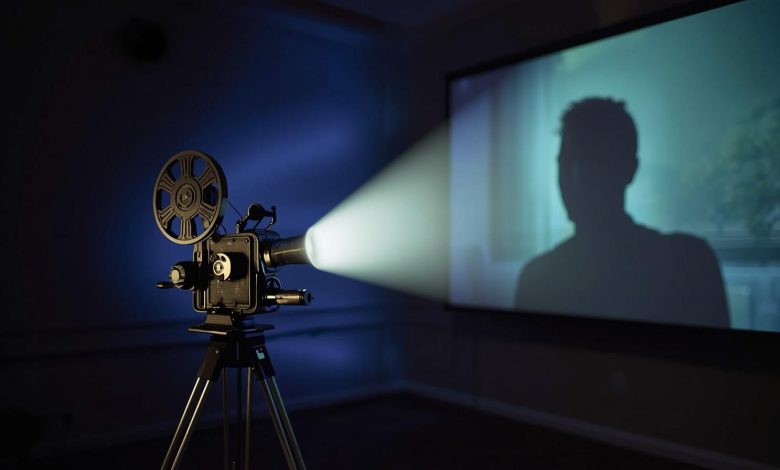
Over the past decade, we’ve witnessed a dramatic shift in how the world communicates and learns. What was once the domain of text — academic papers, textbooks, written lectures — has increasingly moved to visual platforms. Today, it’s not unusual to see complex ideas about climate change, political history, or even quantum physics broken down into viral TikTok explainers or shared as documentary clips on social media.
This cultural shift has powerful implications for education. Study after study confirms that carefully curated video content boosts engagement, supports diverse learning styles, and improves retention. Yet many educators remain hesitant to fully integrate video into their teaching — not because they doubt its value, but because they lack the time, tools, or institutional guidance to find and use video and film in intentional and effective ways.
In a world with an overwhelming number of new films, clips, and video content, the challenge isn’t access — it’s curation. Educators need support as well as the right mindset and tools to sift through what’s available. New technologies like AI-assisted search can help cut through the noise, but only when educators know what they’re looking for. The more focused the learning goal, the better these tools can work to surface meaningful, relevant film and video content.
Start with the Learning Goal & Viewing Experience
Before selecting a film or other type of video as part of a lesson plan, lecture, or presentation, educators should ask themselves: What is the goal of using this video content? This question helps guide not just what to show, but how to present it with a clear instructional purpose.
In practice, this means asking: Is the goal to introduce a new concept? To offer expert perspectives? To illustrate a historical event or social issue? To build empathy through storytelling?
It’s also important in the video selection process to consider how students will engage with the material because viewing context matters. Will they watch as a group in class or individually at home? Will the entire film be shown or only a segment? Is it intended as supplementary viewing or a required resource for research or assignments?
Matching the video to the learning goals ensures the film supports — not disrupts — pedagogical flow. For example, some films are most impactful when viewed in full, allowing story arcs and emotional depth to unfold through carefully paced storytelling. Others — like expert interviews, animated explainers, or archival clips — are better suited for modular viewing and classroom discussion. When educators are clear about both the learning objective and how the material will be delivered — format, setting, and access — the selection process becomes much more focused.
Technology as the Bridge Between Intent and Impact
With today’s advanced search tools and AI-powered curation, having a clear goal in mind makes it far easier to find content that truly fits. Rather than scrolling endlessly through vast academic video libraries, or being limited to keyword search, teachers can find videos and films that better fit the subject matter, the target audience, and the desired outcome — whether that means building empathy, clarifying complex theories, or bringing history to life.
Technology doesn’t replace professional judgment; it amplifies it. By lowering barriers of time, access, and discoverability, new tools make it simple to connect specific learning goals with the appropriate film or video content. What once took hours of searching or previewing can now happen in minutes, with AI-assisted search and clip-level indexing surfacing films that directly support a lesson.
Beyond speed, these tools offer a deeper layer of intelligence. Under the hood, such systems rely on vector embeddings, enriched metadata, and multilayer indexing of film attributes—linking narrative elements, subject matter keywords, archival tags, and transcript data into a unified search space. This allows for matches across domains; for example, a documentary from Latin America could surface for a class on migration even if the keyword “migration” doesn’t appear in the film’s title.
This intelligence also broadens discovery, helping educators uncover creative, complex works that might otherwise be overlooked in the flood of available videos. A history professor in Boston can instantly access a Japanese documentary with English subtitles; a high school science teacher can pull in animations that make quantum mechanics easier to grasp; and a literature instructor can draw on filmed performances of classic plays to bring texts to life. AI-driven platforms can even recommend complementary content — films, interviews, or archival clips — that educators might not have considered but that enrich their objectives.
Making Video a Core Part of Teaching
Video is no longer a bonus feature in education — it’s a core part of how students learn and make sense of the world around them. Meeting this cultural change requires more than good intentions. It calls for real support: access to high-quality, academically relevant content; smart discovery tools on par with those used for text; and professional development that helps educators learn how to find and use video effectively with clarity and purpose.
At a time when attention is fragmented and information is increasingly visual, film and documentary offer a uniquely powerful mode of learning — one that speaks to the head and the heart. It’s time for classrooms to catch up.

